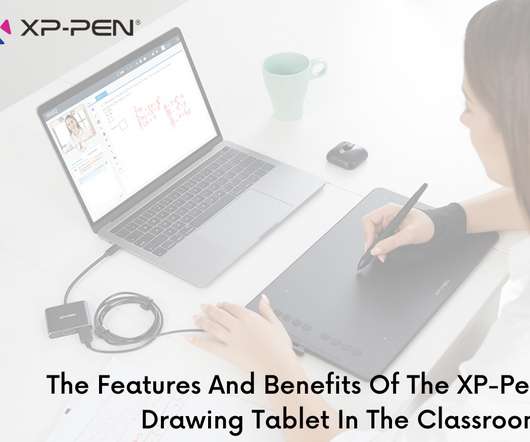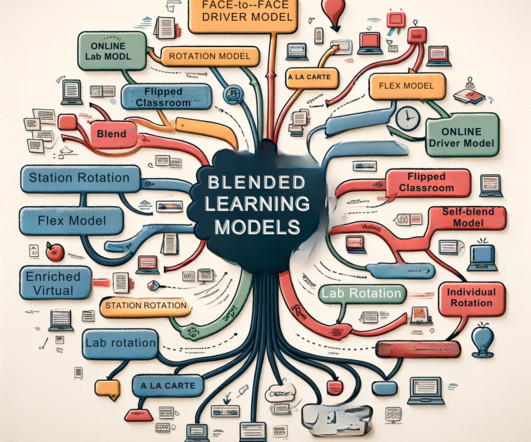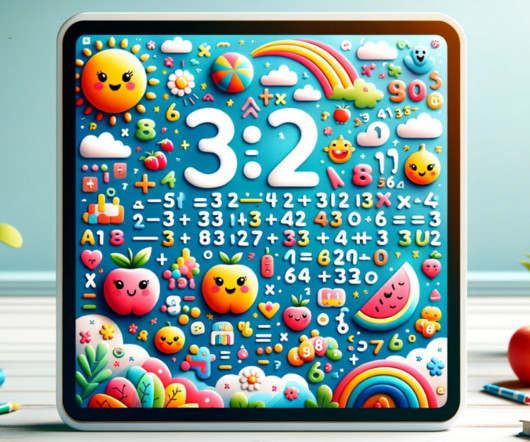The Features And Benefits Of The XP-Pen Drawing Tablet In The Classroom
TeachThought - Learn better.
APRIL 1, 2021
Much of this has to do with fluctuating learning priorities where critical thinking and problem-solving skills for a future-ready, tech-savvy student body are given precedence. These learning priorities are met with increased blended learning methods that combine in-person instruction with online experiences. .















Let's personalize your content